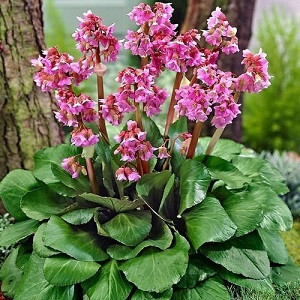Growing Chives from Seed: A Beginner’s Guide
Chives are a versatile and flavorful herb that can be used in a variety of dishes. Growing chives from seed is a simple and rewarding process that can provide a bountiful supply of this tasty herb. Chives are a member of the allium family, which includes onions, garlic, and leeks. They are a hardy perennial that can be grown in most climates.

To grow chives from seed, it is important to start with quality seeds. Look for seeds that are fresh and have a high germination rate. Chives can be started indoors or outdoors, depending on the climate and growing season. Indoor planting can be done in the early spring, while outdoor planting should be done in the late spring or early summer. Once the seeds are planted, they should be kept moist and in a warm, sunny location. With proper care and attention, chives can be grown from seed and enjoyed for years to come.
Preparing for Planting

Choosing the Right Seeds
When selecting chive seeds, it is essential to choose high-quality seeds from a reputable supplier. Look for seeds that are fresh and have a high germination rate. It is also essential to choose the right variety of chives for your needs. Common chives are the most popular variety, but garlic chives and onion chives are also available.
Soil and Site Selection
Chives grow best in well-drained soil with a pH between 6.0 and 7.0. They prefer full sun but can tolerate partial shade. It is best to prepare the soil before planting by adding compost or well-rotted manure to improve soil structure and fertility. Chives also grow well in containers, making them an excellent choice for small gardens or balconies.
Planting Time and Germination
Chives can be sown indoors in early spring or directly in the garden after the last frost. Sow the seeds thinly and cover with a light layer of soil. Keep the soil moist but not waterlogged, and the seeds should germinate within 7 to 14 days. Once the seedlings have grown to a height of 5cm, thin them out to 15cm apart.
In conclusion, growing chives from seed is a straightforward process that requires minimal effort. By following the steps outlined above, you can enjoy a bountiful harvest of fresh chives all season long.
Caring for Chive Plants
Watering and Feeding
Chive plants require consistent moisture to grow well. Water them regularly, especially during dry periods, to keep the soil moist but not waterlogged. Overwatering can lead to root rot and other problems. It is also important to fertilize chive plants during the growing season to ensure they have the nutrients they need to thrive. A balanced fertilizer with equal amounts of nitrogen, phosphorus, and potassium can be applied once a month.
Sunlight and Spacing
Chive plants prefer full sun but can tolerate partial shade. They should be planted in a location that receives at least 6 hours of direct sunlight per day. When planting, space the chive plants about 6 inches apart to allow for proper growth and airflow.
Pests and Diseases
Chive plants are generally resistant to pests and diseases. However, they can be susceptible to onion thrips and other pests that attack the onion family. Keep an eye out for signs of infestation, such as yellowing leaves or stunted growth. If necessary, treat the plants with an insecticide or other appropriate measures.
Overall, caring for chive plants is relatively easy and straightforward. With proper watering, feeding, and attention to sunlight and spacing, they can thrive in a variety of growing conditions. Regular maintenance, such as weeding and pruning, can also help keep the plants healthy and productive.


